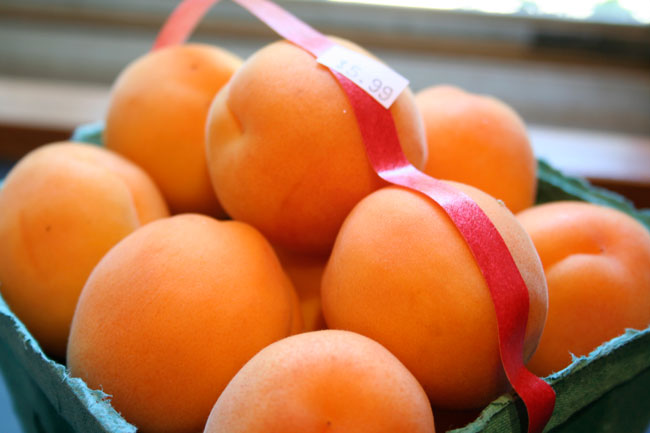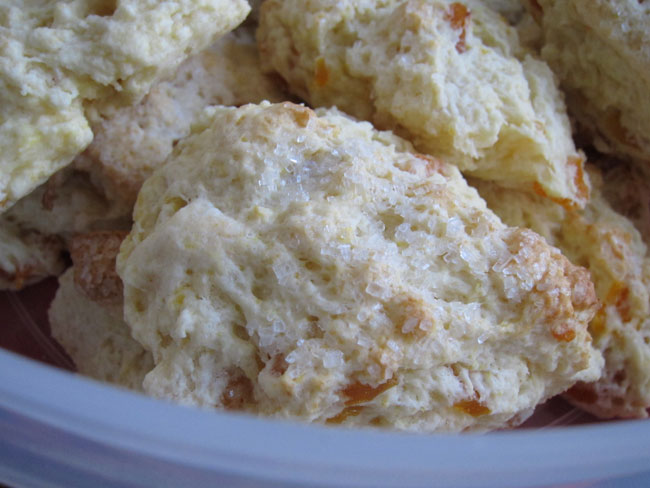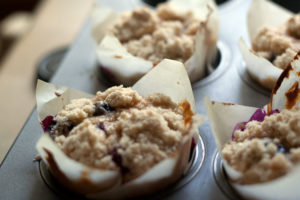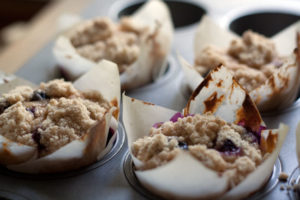Obviously this picture was taken when I was in my enchanted-with-Instagram-filters-phase, which Insta tells me was October 26th, 2014.
Anyways this is my version of the notorious – at least for a time in probably the 1980s – Morning Glory Muffins. The most delicious versions are fairly high in sugar and fat. There are also lowfat healthier and less-tasty versions.
My version is a compromise.
Makes 12-14 muffins
- 1/2-3/4 cup raisons – brown or yellow – or use King Arthur fruit cake blend, with yellow raisons, currants, diced pineapple, cranberries, and dates
- 2 large eggs
- 1 cup brown sugar
- 2/3 cup vegetable oil OR 10 tablespoons of melted butter
- 2 cups grated carrots – I like them peeled before grating
- 1 large apple, peeled or un-peeled, grated or diced
- 1/3-1/2 cup nuts – toasted walnuts are very nice
- 1/2 cup coconut – I prefer sweetened, but unsweetened works
- 1/2 cup yogurt (vanilla or plain) or buttermilk or a combination, or the non-dairy milk or yogurt of your choice
- 1 teaspoon baking powder
- 1 teaspoon baking soda
- 2 teaspoons cinnamon
- 2 teaspoons vanilla
- good-sized pinch of Kosher salt
- 2 cups of unbleached flour OR 1 cup unbleached flour and 1 cup whole wheat flour OR 1 1/2 cups unbleached flour and 1/2 cup wheat germ or bran cereal
Heat the oven to 375° and grease a 12-well muffin tin, or line it with paper liners. You may need an extra custard cup or silcone pan or two.
Optional – Put the raisons into a small heat proof bowl, and pour boiling water over to soften them.
In a large bowl, beat the eggs, and add the sugar and oil.
Add the carrots, apples, nuts, and coconut, and mix.
Stir in the yogurt.
Measure the baking powder and soda and vanilla into the bowl, add the salt, and give it a stir.
Add the flour, and drain the raisins and add them, and fold it all together until there are no dry spots.
Scoop the batter into the prepared pan(s), and bake for about 25-30 minutes until they’re raised and firm.
Eat plain, or with butter or cream cheese and/or honey. These muffins are known as grab & go car food, but I prefer to eat them seated, even at my desk.

Adapted from a recipe written on the back of a notebook I had in library school (1989-1991) that John, aged two or three, scribbled on








